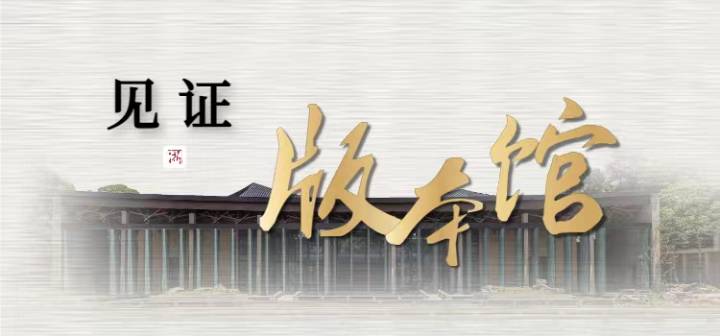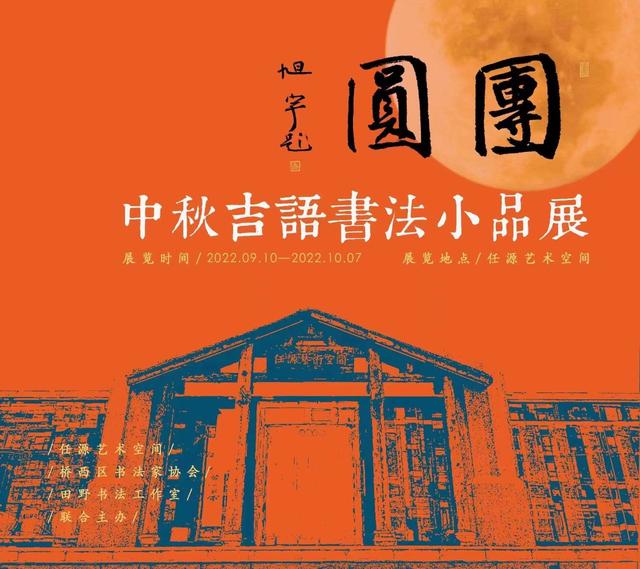"Image Steering" in ancient literature research
Author:China Social Sciences Network Time:2022.09.05
In recent years, with the arrival of the "image era" and the great impact of image concepts on literary research, literary image or image literature has become a development trend. The "image steering" in ancient literature research has also attracted increasing attention. This can be understood from four levels.
First, image materials broaden the domain and boundary of literary history research. For a long time, our understanding of "text" is limited to text records, and images have been excluded. Even if the "literary" vision is extended to calligraphy and painting, they only pay attention to those parts with closer contact with literary works. The ancient images that have been circulated so far have many academic value. Image materials and space art works can greatly expand the boundaries of ancient literary research. To some extent, it can be replenished with insufficient text literature. For example, for the more portrait stones (bricks) unearthed in the Han Dynasty, Ji Bozan believes: "Except for the relics of the ancients, no historical materials can reflect the specific image of society in history than painting and sculpture. In Chinese history, there is no more time than the Han Dynasty. It is better to engrave the form of real life and popular stories at the time. " The importance of these portrait stones is not only to provide image explanations of these special images, but also provides some clues for us to think about the general problems between Chinese narrative literature and narrative painting. " From this point of view, the historical knowledge and information provided by the image materials have another other scenario, which is far richer than we imagine. In addition, image materials such as all types of real pictures, novel illustrations, and late Qing pictorials in ancient China can be understood more or less from the perspective of "text". These materials provide new vision and dimensions for ancient literary research.
Second, the "image steering" in ancient literary research reveals that we start to examine ancient texts from the "spatiality" or "image" of image historical materials to distinguish and highlight the nonlinear characteristics of certain literary works. The previous literary history research is accustomed to the "history" narrative of linear, which has almost become the mainstream tendency of literary history research, but also makes the appearance of literary text fail to be fully presented, covering the three -dimensional sense and richness of literary history. sex. When using image data for ancient literature research, not only should it present the historical scene of literary history, but also use image materials to explain the life status of writers from a perception perspective, and enter the literary world through the window of the image. For example, the relationship between the "Chibi Fu" of Su Shi when he was degraded in Huangzhou and the drawing of his later series of "Chibi Fu Tu", which should pay attention to the significance of Chibi as the actual geography and landscape victory in Su Shi's thoughts-- - Without the induction of this space, it is difficult for the author to cast in the heart of the author's heart. It is also difficult to explore how later scholars who do later scholars understand the environment of Su Shi and the times. Readers can also enter the historical scene with the help of images, perceive the specific picture image, and further truly understand the living conditions and journey of writers. Another example is the production of Cao Zhi's "Luo Shen Fu" and "Luo Shen Fu Tu", Tao Yuanming's "Peach Blossom Source" and "Peach Blossom Source Map", Cao Xueqin's Grand View Garden and the text of novel illustrations. In -depth excavations of the writer's life emotions, text scenes, etc., to show the richness of the history of literature in all directions.
The third is that the in -depth association of images and ancient literature needs to be studied in -depth. The impact of images on ancient Chinese style, especially the influence on narrative style, has not received full attention. In the past, the study of images was only regarded as a brief conversion and imitation of the story, plot, etc. of literary works. However, it is worthy of being valued that the image has assumed records and narrative functions from the beginning. For example, mythical religious images present the way of thinking of characters and events to promote the birth of early Chinese poetry, Fu, Ming, etc. It provides the prototype of the story; the prosperity of Buddhist statues, portrait paintings and character evaluations of the Wei, Jin, Northern and Southern Dynasties has promoted the progress of spiritual monsters, aspiration novels in character portrayal, literary meaning, etc. The formation of narrative style such as Pinghua (commentary) and words (painting books); Ming and Qing novels evaluate the inherent intentions of the novel using paintings such as "painting". These all show the uniqueness and nationality of traditional Chinese narratives from the West. (See Wang Huaizhi's "Formation of the Tradition of Images and Chinese Literature Narration") The complex relationships such as interoperability and complementarity between the above images and various types of ancient style of ancient style constitute the complete context of the development of narrative literature in China, which should attract more attention And research.
Fourth, the "image steering" requires scholars who are engaged in ancient literary research to have the interdisciplinary knowledge and various life emotions of literature and images, and have good academic sensitivity and problem consciousness. Essence Earlier, the study of art, art research, and literary history based on images -based literary history were two different research paths. In order to surpass this bottleneck, researchers need to examine literary phenomena from a wider perspective, from the perspective of literature, image, history, and history of thought. Graphic intergenerational and mutual evidence, promoting the comprehensive research of ancient literature and images to achieve substantial breakthroughs and progress. In ancient China, there were a lot of image materials. With the advent of the "image era", the cultural value of these materials was increasingly valued. In ancient literary research, seize and use the opportunity of "image steering", comprehensively use multi -disciplinary knowledge and theory, and interpret the works of writers and literary phenomena from multiple angles and levels. Expanding research perspectives, promoting the renewal of research paradigms, has irreplaceable academic value.
(Author Unit: School of Literature, Tianjin Normal University)
Source: China Social Science Network-Journal of Social Sciences of China
Author: Zhang Pengbing
- END -
Witness version hall 丨 Ping Pingfu: For the celadon art screen fan, we went to Longquan 7 times in a row

Zhejiang News Client reporter BlizzardThe elegant and gracefulness is the first im...
"Reunion" Mid -Autumn Festival Calligraphy Sketch Exhibition was held in Shijiazhuang Renyuan Art Space

Great Wall Network · Jiyun Client News (Reporter Gao Linzhe) In order to welcomes...